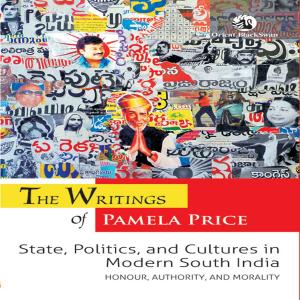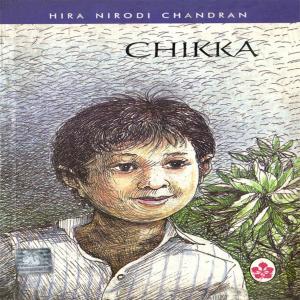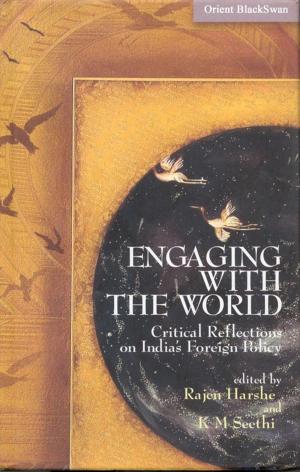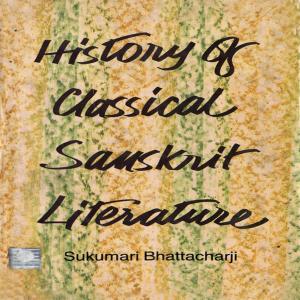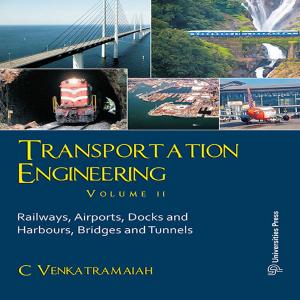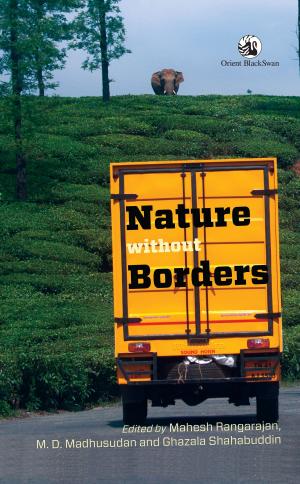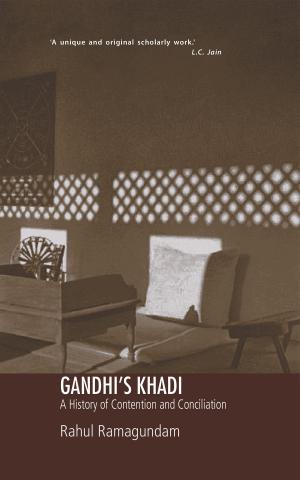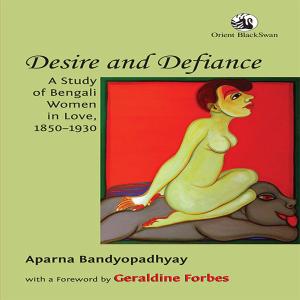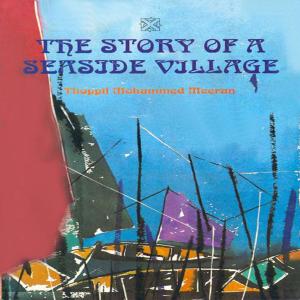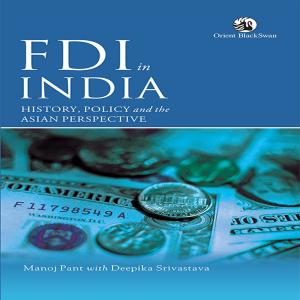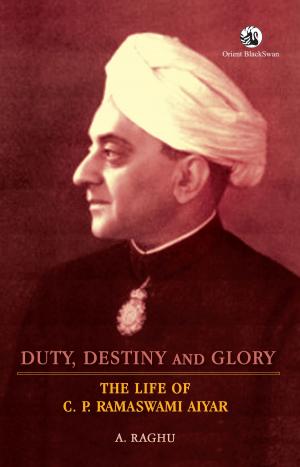| Author: | Troilokyonath Mukhopadhyay | ISBN: | 9789386392565 |
| Publisher: | Orient Blackswan Private Limited | Publication: | March 24, 2017 |
| Imprint: | Language: | English |
| Author: | Troilokyonath Mukhopadhyay |
| ISBN: | 9789386392565 |
| Publisher: | Orient Blackswan Private Limited |
| Publication: | March 24, 2017 |
| Imprint: | |
| Language: | English |
Troilokyonath Mukhopadhyay’s tales are excursions into fantasy, where fact confronts the unreal. He belongs to a group of writers (including Sukumar Ray and Lewis Carroll) who elevated nonsense in literature to an art form.Konkaboti, Troilokyonath’s first novel (1892), begins with the childhood years of the eponymous heroine and Khetu, a boy from her village, who goes to Kolkata to study. In time, their mothers want them to marry, but Konkaboti’s avaricious father plans her wedding with an aged zamindar. The prospect appals her and she falls seriously ill. Konka and Khetu undergo amazing experiences, including encounters with ghosts, a trip to the moon and back, and the ‘death’ of both protagonists. But matters are resolved through a major twist in the tail of the narrative. The effortlessly inventive goings-on compel readers to suspend their disbelief.Translator Arnab Bhattacharya explains in a perceptive Afterword why Troilokyonath’s book deserves a wider readership for it travels to imagined worlds scarcely ever portrayed in early Indian fiction.
Troilokyonath Mukhopadhyay’s tales are excursions into fantasy, where fact confronts the unreal. He belongs to a group of writers (including Sukumar Ray and Lewis Carroll) who elevated nonsense in literature to an art form.Konkaboti, Troilokyonath’s first novel (1892), begins with the childhood years of the eponymous heroine and Khetu, a boy from her village, who goes to Kolkata to study. In time, their mothers want them to marry, but Konkaboti’s avaricious father plans her wedding with an aged zamindar. The prospect appals her and she falls seriously ill. Konka and Khetu undergo amazing experiences, including encounters with ghosts, a trip to the moon and back, and the ‘death’ of both protagonists. But matters are resolved through a major twist in the tail of the narrative. The effortlessly inventive goings-on compel readers to suspend their disbelief.Translator Arnab Bhattacharya explains in a perceptive Afterword why Troilokyonath’s book deserves a wider readership for it travels to imagined worlds scarcely ever portrayed in early Indian fiction.



